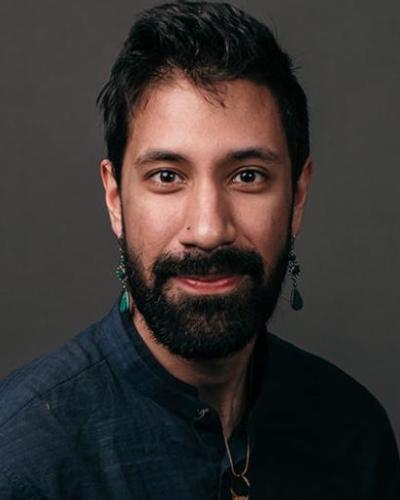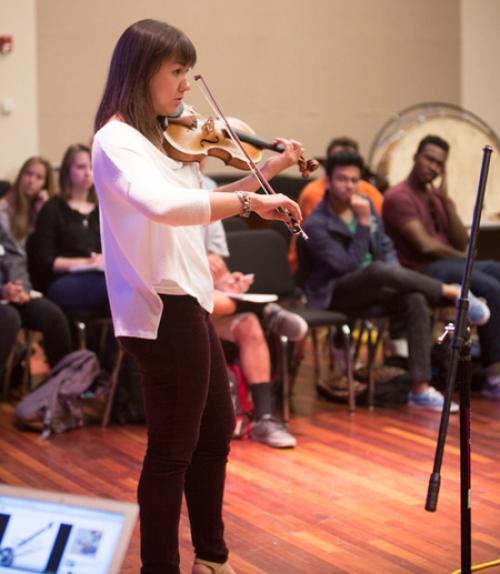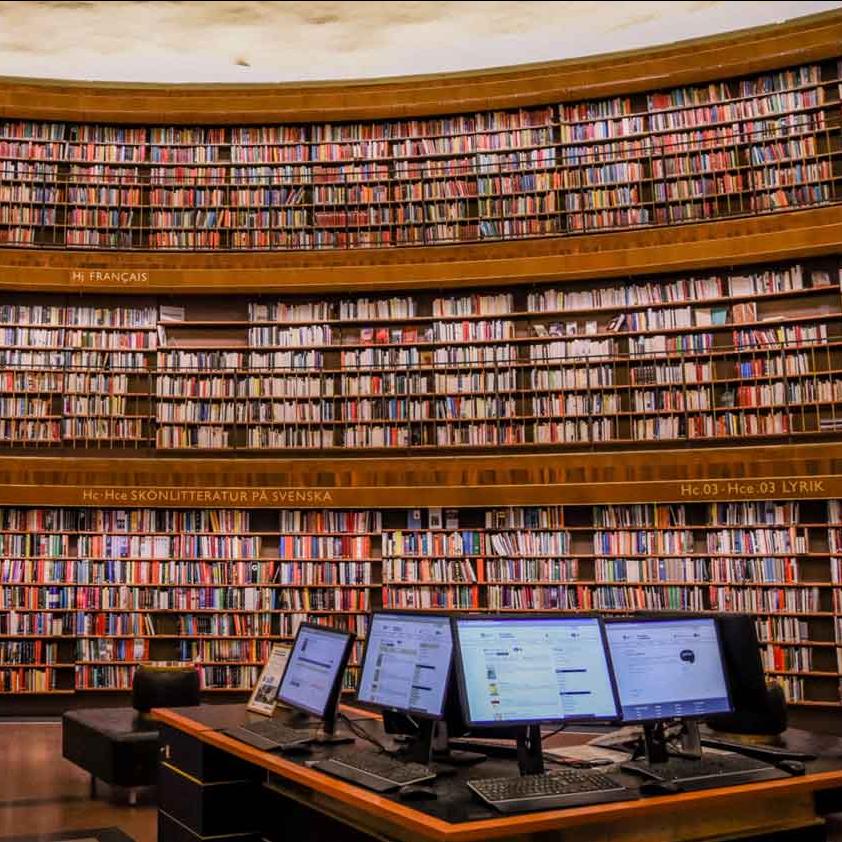
 Department Homepage
The College of Arts & Sciences
Department Homepage
The College of Arts & Sciences
Music curriculum expands to reach students of diverse musical backgrounds
Through engaged learning activities, music classes are reaching out to a new generation of listeners.



